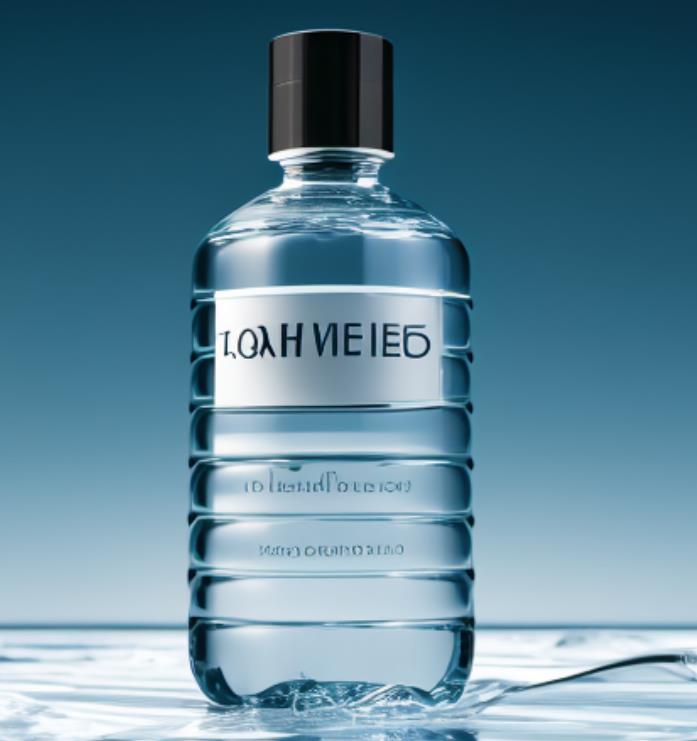Product Advantage:
The use of advanced reverse osmosis technology can effectively remove impurities and salts in water and improve water quality.
Two-stage system design ensures cleaner water quality.
Equipped with EDI (Electrodeionization) modules to further improve water quality.
Stainless steel material, corrosion resistance, long service life.
Simple operation and easy maintenance.
Technical Parameters:
model | Water yield
T/H | Electric power
KW | Recovery
% | Primary effluent conductivity us/cm | Secondary effluent conductivity us/cm | EDI effluent conductivity us/cm | Raw water conductivity
us/cm |
RO500 | 0.5 | 0.75 | 55-75 | ≤10 | 2-3 | ≤0.5 | ≤300 |
RO1000 | 1.0 | 2.2 | 55-75 | ≤10 | 2-3 | ≤0.5 | ≤300 |
RO2000 | 2.0 | 4.0 | 55-75 | ≤10 | 2-3 | ≤0.5 | ≤300 |
RO3000 | 3.0 | 5.5 | 55-75 | ≤10 | 2-3 | ≤0.5 | ≤300 |
RO5000 | 5.0 | 7.5 | 55-75 | ≤10 | 2-3 | ≤0.5 | ≤300 |
RO6000 | 6.0 | 7.5 | 55-75 | ≤10 | 2-3 | ≤0.5 | ≤300 |
RO10000 | 10.0 | 11 | 55-75 | ≤10 | 2-3 | ≤0.5 | ≤300 |
RO20000 | 20.0 | 15 | 55-75 | ≤10 | 2-3 | ≤0.5 | ≤300 |
Product Uses:
Electronics industry: high purity water preparation for semiconductor chips, circuit boards, liquid crystal displays and other production processes.
Pharmaceutical industry: For the preparation of high-purity water in the pharmaceutical production process, such as water for injection and water for the production of apis.
Chemical industry: For the preparation of high-purity water in the chemical production process, such as fine chemical production water, cosmetics production water, etc.
Beverage industry: For the preparation of high-purity water in the process of beverage production, such as bottled water and juice production water.
In short, this water treatment equipment is suitable for industries with high water quality requirements, which can effectively remove impurities and salts in water, improve water quality, and meet the requirements of the production process.

Product Operate Guide:
Equipment installation: Install the equipment on a level ground and ensure that there is sufficient space around the equipment for maintenance and operation.
Pretreatment: Before using the equipment, it is necessary to pretreat the water, including filtration, softening, and chlorine removal.
Start the equipment: start the equipment according to the requirements of the equipment manual, and adjust the operating parameters, such as inlet flow rate, outlet flow rate, recovery rate, etc.
Monitor water quality: Regularly monitor effluent water quality to ensure water quality meets requirements.
Maintenance: Regular maintenance of the equipment, including replacing the filter element, cleaning the membrane components, checking the electrical system, etc
FAQ:
1. How long does it take to produce a gallon of purified water with an RO system?
The production rate varies depending on the system's size and specifications, but typically, it takes around 1-3 hours to produce a gallon of purified water.
2. Can an RO system remove hardness from water?
Yes, RO systems can remove hardness minerals, such as calcium and magnesium, improving water softness and reducing scaling issues.
3. Can I use the RO system during a power outage?
RO systems typically require electricity, so they may not operate during a power outage. However, some models equipped with a storage tank and backup power source can provide limited access to purified water during power interruptions.
4. Can an RO system remove chlorine from water?
Yes, an RO system effectively removes chlorine and its byproducts, improving the taste and odor of water.
5. Are there any special considerations for maintaining an RO system in areas with hard water?
In areas with hard water, it is recommended to install a pre-treatment system like a water softener or scale inhibitor to protect the RO membrane from scaling and extend its lifespan.
























